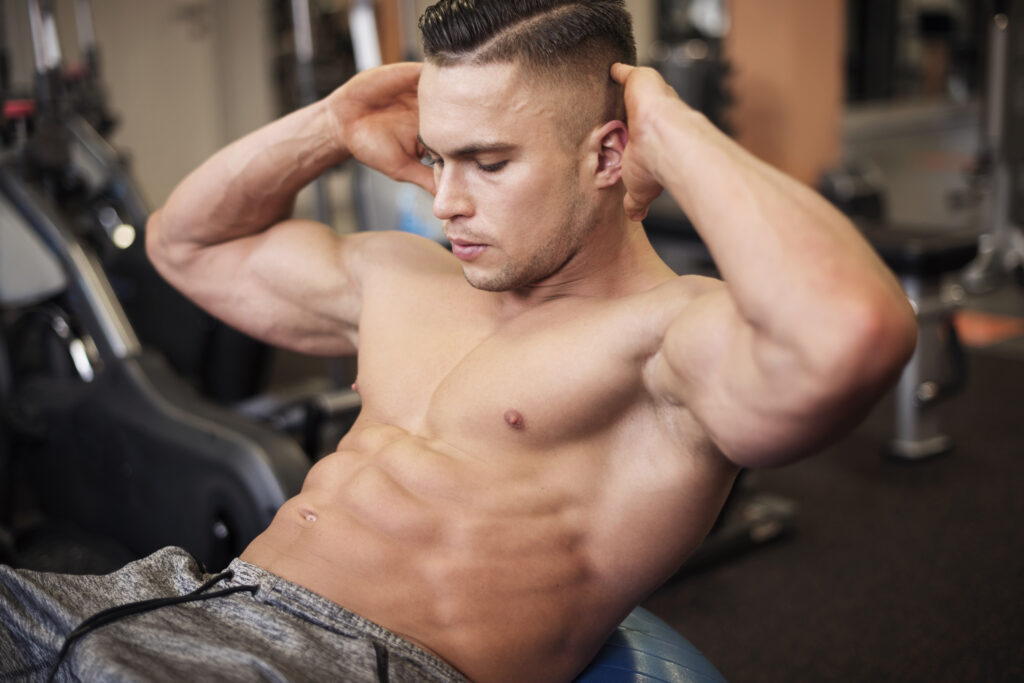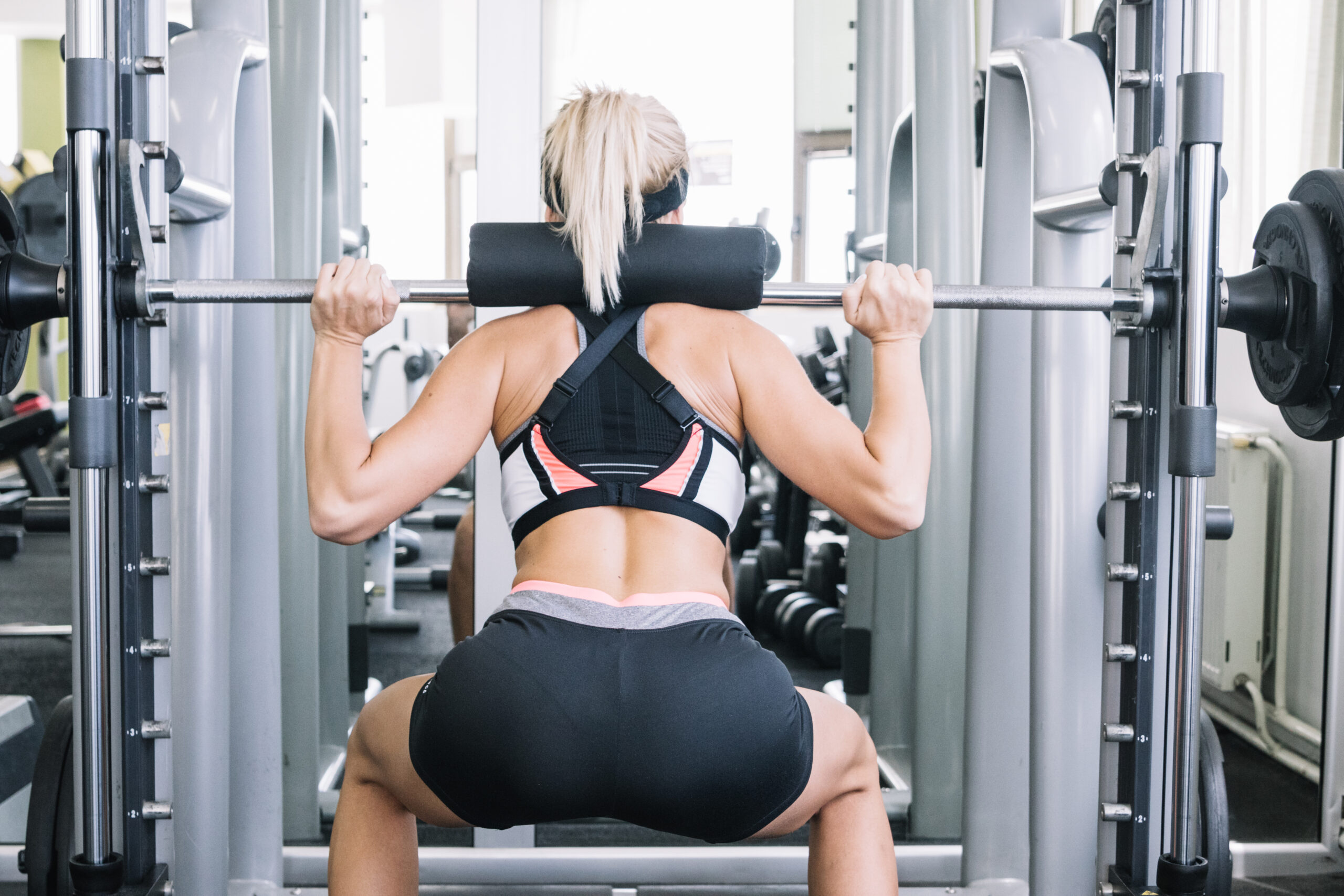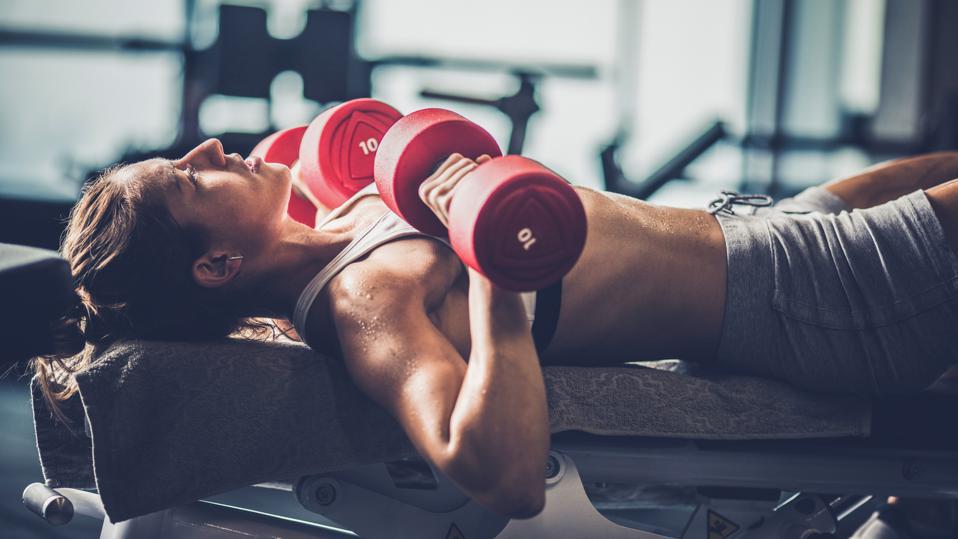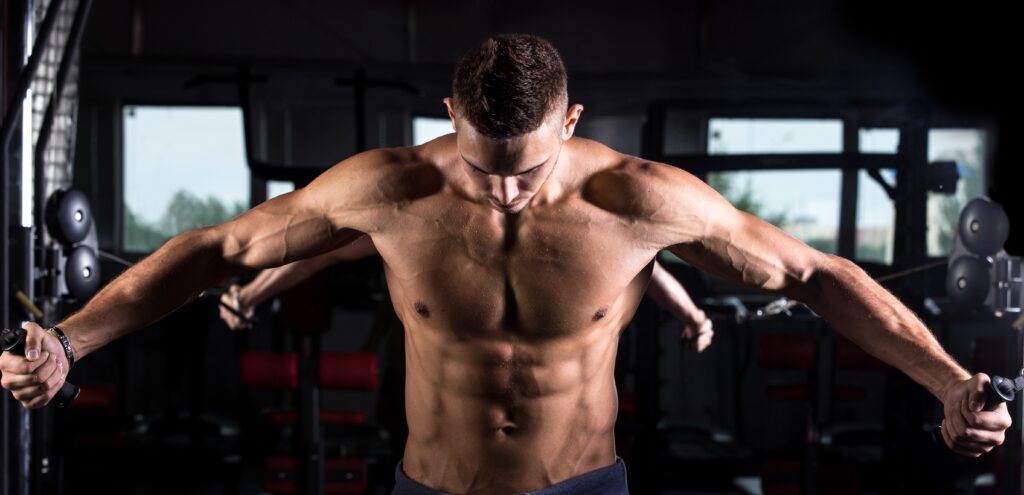Are you tired of feeling like your upper body workouts are lacking balance or not producing the results you desire? One way to ensure a strong and balanced upper body is by incorporating chest and back workouts into your routine. Not only do these muscle groups complement each other, but they also help to improve posture and reduce the risk of injury. In this blog, we will discuss the importance of chest and back workouts, dive into the anatomy of these muscles, and provide a list of the best exercises for each. We will also give tips on how to perform these exercises correctly to maximize their benefits.
Get ready to achieve a strong and balanced upper body with this perfect combination of chest and back workouts!
The Importance of Chest and Back Workouts
Chest and back workouts are essential components of any well-rounded exercise routine. Both muscle groups are crucial for maintaining good posture, improving athletic performance, and promoting overall health and fitness.
Here are some reasons why chest and back workouts are important:
- Posture: Strong chest and back muscles help keep the shoulders back and spine in proper alignment, which can improve posture and reduce the risk of developing back pain.
- Athletic performance: The chest and back muscles are heavily involved in many upper body movements, including pushing, pulling, and throwing. Strengthening these muscles can improve athletic performance in sports such as basketball, football, and swimming.
- Muscle balance: Many people tend to focus more on their chest muscles than their back muscles, which can create an imbalance in muscle strength and increase the risk of injury. Incorporating back exercises into your workout routine can help balance out the muscles and prevent injury.
- Overall strength: Strong chest and back muscles are essential for performing everyday activities such as lifting heavy objects, carrying groceries, and even getting up from a seated position.
- Aesthetic appeal: A well-defined chest and back can enhance your overall physique and boost your confidence.
Some examples of chest and back exercises include push-ups, bench press, pull-ups, rows, and lat pulldowns. It’s important to include a variety of exercises to target all areas of the chest and back muscles and to gradually increase the intensity and difficulty of the workouts over time.
Why Train Chest and Back Together?
Training the chest and back together is a common practice in many strength training and bodybuilding programs, and there are several reasons for this.

- Efficient use of time: Training chest and back together allows you to work multiple muscle groups in the same workout, which can save you time in the gym.
- Balanced development: Working the chest and back together can help ensure balanced development of the upper body. The chest and back are opposing muscle groups, meaning that they work in opposition to each other. Strengthening both muscle groups can help prevent muscle imbalances, which can lead to poor posture, shoulder pain, and other issues.
- Increased strength: The chest and back are both large muscle groups, and working them together can increase overall strength and power. This can have a positive impact on other exercises and activities, such as push-ups, pull-ups, and sports that require upper body strength.
- Better muscle pump: Training chest and back together can result in a better muscle pump, as blood flow is increased to both muscle groups. This can help with muscle growth and recovery.
Overall, training the chest and back together can be an effective way to save time, improve overall upper body strength and balance, and enhance muscle growth and recovery.
Understanding Chest and Back Muscles Anatomy
Back Muscle Anatomy – Latissimus Dorsi, Rhomboid, Trapezius, Teres Major
To achieve a strong and balanced upper body, it’s important to understand the anatomy of both chest and back muscles. The back muscles can be divided into three main groups: the latissimus dorsi, rhomboid, and trapezius. The latissimus dorsi is the largest muscle in the back and extends from the lower spine to the upper arm, making it essential for many pulling movements.
- The rhomboids are located in the middle of the back and are responsible for pulling the shoulder blades together, helping to improve posture.
- The trapezius is a large diamond-shaped muscle that covers much of the upper back and neck, which plays an important role in shoulder stability and movement.
- Another muscle that is often overlooked but still crucial for a strong back is teres major. It works with the latissimus dorsi to pull the arm down and back, making it a key player in many rowing exercises.
Understanding these muscles’ functions can help you tailor your chest and back workout routine to effectively target each muscle group.
Chest Muscle Anatomy – Pectoralis Major, Pectoralis Minor
To develop a well-rounded chest workout routine, it’s important to have an understanding of the anatomy of the chest muscles. The chest muscles consist of two main muscle groups: the pectoralis major and pectoralis minor.
- The pectoralis major is the largest muscle in the chest and is responsible for movements such as pushing, pulling, and lifting.
- On the other hand, the pectoralis minor is a smaller muscle located underneath the pectoralis major and helps to stabilize the shoulder blade.
Exercises like bench press, push-ups, and dumbbell flys are great for targeting the pectoralis major muscle. For those wanting to target both the pectoralis major and minor muscles, exercises such as cable crossovers and incline push-ups can be very effective. By incorporating a variety of exercises that target both of these muscle groups, you can achieve a strong and balanced upper body with an effective chest workout routine.
Best Exercises for Chest and Back

1. Push-ups: This classic exercise targets the chest, shoulders, and triceps, but it also engages the back muscles to stabilize the body.
How to perform:
- Start in a plank position with your hands shoulder-width apart and your feet hip-width apart.
- Lower your body towards the ground by bending your elbows until your chest almost touches the ground.
- Push back up to the starting position, keeping your core engaged and your body in a straight line.
2. Pull-ups: This exercise is a great way to target your back muscles, especially your lats.
How to perform:
- Hang from a pull-up bar with your palms facing away from you, shoulder-width apart.
- Engage your shoulder blades and pull your body up towards the bar until your chin is above the bar.
- Lower your body back down to the starting position, keeping your core engaged and your body stable.
3. Dumbbell bench press: This exercise targets the chest muscles and also engages the shoulders and triceps.
How to perform:
- Lie down on a bench with your feet flat on the ground and your back flat against the bench.
- Hold a dumbbell in each hand and bring them up to your chest.
- Press the dumbbells up towards the ceiling, keeping your elbows slightly bent and your wrists straight.
- Lower the dumbbells back down to your chest and repeat.
4. Barbell deadlift: This compound exercise targets the entire back, as well as the glutes and hamstrings.
How to perform:
- Stand with your feet shoulder-width apart, with a barbell on the ground in front of you.
- Bend your knees and hinge at the hips to grip the barbell with both hands, palms facing down.
- Straighten your legs and lift the barbell up towards your hips, keeping your back straight and your core engaged.
- Lower the barbell back down to the ground and repeat.
5. Seated cable rows: This exercise targets the back muscles, including the lats and rhomboids.
How to perform:
- Sit at a cable row machine with your feet on the platform and your knees slightly bent.
- Grab the handle with both hands, palms facing down.
- Sit up tall and pull the handle towards your chest, squeezing your shoulder blades together.
- Release the handle back to the starting position and repeat.
6. Dumbbell pullover: This exercise targets the chest, back, and triceps.
How to perform:
- Lie down on a bench with your feet flat on the ground and your back flat against the bench.
- Hold a dumbbell with both hands above your chest, arms straight.
- Lower the dumbbell back behind your head, keeping your arms straight.
- Bring the dumbbell back up to the starting position and repeat.
7. Lat pulldowns: This exercise targets the back muscles, including the lats and rhomboids.
How to perform:
- Sit at a lat pulldown machine with your feet on the platform and your knees slightly bent.
- Grab the bar with both hands, palms facing away from you.
- Sit up tall and pull the bar down towards your chest, squeezing your shoulder blades together.
- Release the bar back to the starting position and repeat.
How to Do Chest and Back Exercises Correctly?

Chest and back exercises are important for building upper body strength and improving posture. Here are some tips for doing these exercises correctly:
- Warm-up: Before starting any exercise, it’s important to warm up to prevent injury. You can do some light cardio, such as jumping jacks or jogging in place, or use a foam roller to loosen up your muscles.
- Proper form: Proper form is crucial for maximizing the benefits of each exercise and minimizing the risk of injury. Make sure to keep your back straight, engage your core, and use a slow and controlled motion.
- Chest exercises: Some popular chest exercises include push-ups, chest presses, and flys. For push-ups, start in a plank position with your hands shoulder-width apart and your elbows close to your body. Lower your body until your chest is almost touching the ground, then push back up. For chest presses, lie on a bench or the floor with a weight in each hand. Lower the weights until your elbows reach a 90-degree angle, then push back up. For flys, lie on a bench or the floor with a weight in each hand. Extend your arms out to the sides, then bring them back together over your chest.
- Back exercises: Some popular back exercises include pull-ups, rows, and lat pulldowns. For pull-ups, grip a bar with your palms facing away from you and pull yourself up until your chin is above the bar, then lower yourself back down. For rows, stand with your knees slightly bent and your back straight, then pull a weight towards your chest, keeping your elbows close to your body. For lat pulldowns, sit at a cable machine with a wide grip on the bar. Pull the bar down towards your chest, then slowly release it back up.
- Stretch: After your workout, take some time to stretch your chest and back muscles. This can help prevent soreness and improve flexibility.
Remember to listen to your body and start with lighter weights or modifications if needed. It’s also important to have proper nutrition and rest to support your exercise routine.
Let’s Up
Incorporating chest and back workouts into your fitness routine is crucial for building a strong, balanced upper body. These muscle groups work together to provide support for your posture, protect your spine, and improve your overall athleticism. Understanding the anatomy of these muscles and performing exercises with proper form can help you achieve optimal results without injury. Our guide on the best exercises for chest and back, along with tips on how to perform them correctly, will help you get started.
So what are you waiting for? Start incorporating these workouts into your routine today and experience the benefits yourself!



